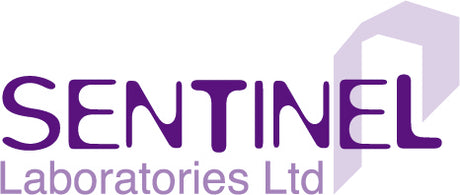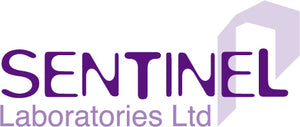Buying guide for Respiratory Protective Equipment (RPE)
Introduction
Respiratory hazards are a serious risk in many workplaces, ranging from construction sites to chemical plants. Inhaling harmful substances can lead to respiratory diseases, or in extreme cases, immediate asphyxiation, or death. Respiratory Protective Equipment (RPE) is therefore essential for safeguarding the health of employees when control measures have not eliminated risks. This guide outlines the process of selecting appropriate RPE, including understanding risk assessment, recognizing different types of RPE, adhering to industry standards, and matching filters to specific chemicals.
The Role of Risk Assessment in Selecting Correct RPE
Before selecting RPE, a comprehensive risk assessment must be conducted. This assessment should:
- Identify respiratory hazards, including types of contaminants and their concentrations.
- Consider the duration and frequency of exposure.
- Evaluate the health status and vulnerabilities of employees.
- Determine the level of protection required based on the above factors.
This assessment forms the basis for selecting the RPE that provides adequate protection without being over-restrictive or cumbersome for the task at hand.
Overview of Types of Respiratory Protection
There are two main categories of RPE:
1.Air-Purifying Respirators (APRs): These use filters to remove contaminants from the air. Types include:
- Disposable dust masks.
- Half-face masks covering the nose and mouth.
- Full-face masks providing eye protection as well.
- Powered Air-Purifying Respirators (PAPRs) with a motorized system to push air through the filter.
2.Atmosphere-Supplying Respirators (ASRs): These provide clean air from an uncontaminated source. Types include:
- Airline respirators with a hose connected to a stationary source of air.
- Self-Contained Breathing Apparatus (SCBA), which include their own air supply for use in environments where the air is not breathable.
Table of Key Industry Standards Relating to RPE (UK Standards)
| Standard Number | Title | Description |
| EN 149:2001+A1:2009 | Filtering half masks to protect against particles | Specifies requirements for particle-filtering half masks. |
| EN 140:1999 | Respiratory protection - Half masks and quarter masks | Requirements for reusable half and quarter masks. |
| EN 136:1998 | Respiratory protection - Full face masks | Classifies full face masks based on performance. |
| EN 143:2000 | Respiratory protection - Particle filters | Requirements for particle filters used with RPE. |
| EN 14387:2004+A1:2008 | Respiratory protection - Gas filters and combined filters | Specifies gas and combined filters for use with RPE. |
Choosing the Correct RPE for Your Employees
When selecting RPE, consider the following:
- Fit Testing: Ensure a proper seal for all users, especially for tight-fitting facepieces.
- Comfort and Ergonomics: RPE should not inhibit the wearer’s ability to work comfortably.
- Ease of Communication: Consider how the RPE affects communication.
- Compatibility: Check that the RPE can be worn with other personal protective equipment.
- Training: Provide training on the correct use and maintenance of RPE.
Chart for Correct Filter Choice (UK Standards)
| Contaminant Type | Filter Type | Colour Code |
| Particulates (dust, mist, fumes) | P1, P2, P3 | White |
| Organic gases and vapours | A | Brown |
| Inorganic gases and vapours | B | Grey |
| Acid gases and vapours | E | Yellow |
| Ammonia and derivatives | K | Green |
Note: The higher the number (e.g., P3), the greater the level of protection.
List of Common Chemicals and Their Required Filter Types
| Chemical | Filter Type |
| Asbestos | P3 |
| Benzene | A |
| Chlorine | B,E |
| Hydrogen sulfide | B |
| Ammonia | K |
| Lead dust | P3 |
| Paint spray | A2P3 (combined filter) |
This table is not exhaustive and each workplace must conduct its own risk assessment.
Conclusion
Selecting the correct RPE is a critical process that relies on thorough risk assessment and understanding of the work environment. Always consult the latest UK standards and regulations, as they are subject to change. Proper training and maintenance are also crucial to ensure the ongoing effectiveness of RPE in protecting employees from respiratory hazards.

